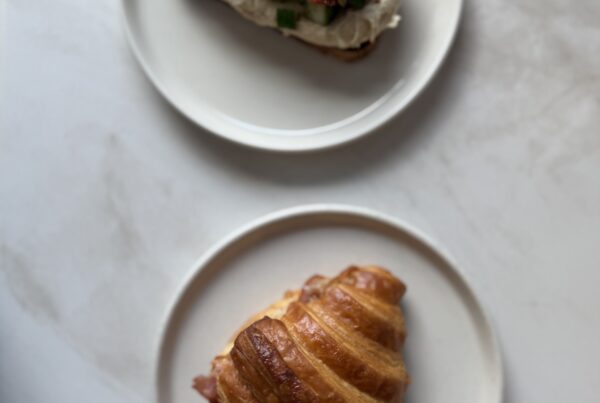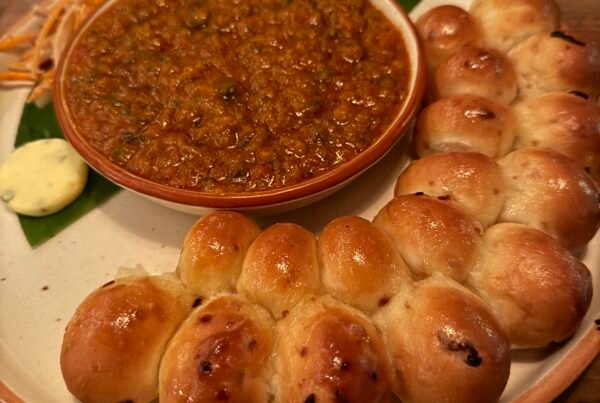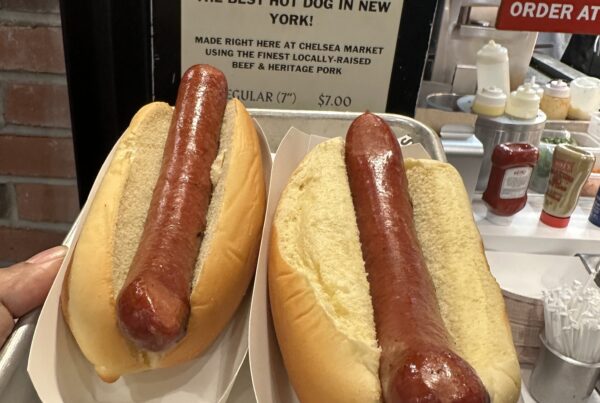 |
| Alefiya Jane: Duck Moilee |
There is a reason why I made a reference to Billy Joel’s popular song from 1989 in the headline to this post. Let me tell you why.
You might have seen me post about the #MumbaiNativeKitchen a fair bit on my social media last week. Well, it was a project that was very close to my heart and this post is about that.
It all started when I was approached a few weeks back by my young friend Diganta Chakraborty, who has recently joined The Soul Company, to do something together with them. The Soul Company, co-founded by Bengaluru based Somanna Muthanna, aims at delivering lifestyle experiences. I have met Som over a few meals in Mumbai and in Bengaluru in the past, and collaborating to create something with them sounded like a very good idea.
“You have told the stories of so many home chefs during the lockdown. Why don’t we think of a festival where we can celebrate their work?” said Diggy, as Diganta is popularly known, and that is how the #MumbaiNativeKitchen project was born.
What is the connection between headline and the story, you ask? Well, the job of a ‘curator’ (my role in this case) for a food festival is to come up with the theme for it, identify the right partners for it, get them on board, help them come up with menus and then act as a supporting pillar through the process.
In other words, to help bring to fore all the wondrous work that is out there. A facilitator you could say.
‘It’s been always burning, since the world’s been turning,’ as the song goes.
I was pretty clear in my head that the festival had to be about regional Indian food.
We have had the good fortune of experiencing a de facto regional Indian food festival in Mumbai thanks to the amazing food put out by local home chefs after the lockdown started. There was Malvani, Pathare Prabhu, Tamil, Keralite, Kashmiri, Rajasthani, Gujarati, Parsi, Memon, Punjabi, Bengali, Odia, Malwa and a lot more on the table.
Given that this was our first home chef festival, I felt that it would be a good idea to tell a ‘Mumbai origins story’ and Som (short for Somanna) and Diggy felt so too. The word ‘native’ came from Diggy and hence #MumbaiNativeKitchen.
 |
| Shabnam Mukadam: Kache kheema ke kebab |
We tried to get onboard home chefs who represented food of some of the communities who were among the first to make Mumbai their home. Folks whose food we have tried in the past and loved. The fare was meant to be something different from the norm. Even if that meant going away from the usual crowd pullers which are easier to sell.
It was our humble, but earnest effort to the celebrate the living history of Mumbai. The city that I have had the good fortune of calling home for the last couple of decades.
Let me now tell you about the communities that were represented in the #MumbaiNativeKitchen festival, the home chefs who represented each and their menus.
Pathare Prabhu: Bimba Nayak
 |
| PC: Bimba Nayak: Kheema fry, kheema karanjii, kolambi che khichdi, pav, chutnechye saranga |
Kutchi Memon: Shabnam Mukadam
 |
| Shabnam Mukadam: Mutton khichda |
Eastindian: Alefiya Jane
 |
| Alefiya Jane: Buff potato chops with brown sauce, fugia, arroz fugath, sorpote, douck moilee, cucumber cake |
 |
| Alefiya Jane: Pork sorpotel |





